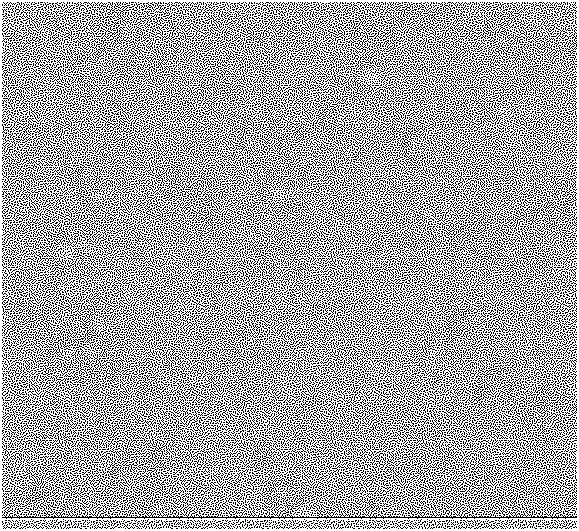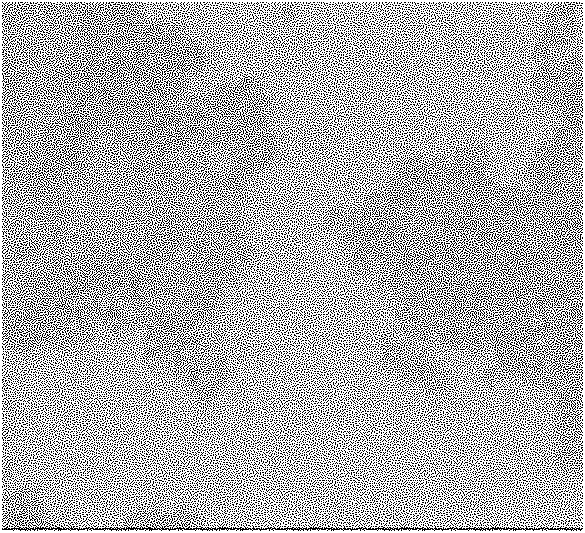Method for modifying soybean protein
A soybean protein modification technology, which is applied in the processing of plant protein, can solve the problems of poor emulsification and gelation properties of modified soybean protein, and achieve production and cost reduction, emulsification performance and gel performance improvement, and safety high effect
- Summary
- Abstract
- Description
- Claims
- Application Information
AI Technical Summary
Problems solved by technology
Method used
Image
Examples
Embodiment 1
[0036] At room temperature of 25 °C, 15 kg of domestic commercial soybean protein isolate was dispersed into 135 kg of water, the suspension was stirred for 10 min, and the pH was adjusted to 2.0 with 2 mol / L HCl, and the material system was uniform. Adjust the pH to 4.6 with 2 mol / L NaOH, let it stand still, and centrifuge to get the modified soybean protein precipitate. A small amount of water is added to the modified soybean protein precipitation to form a suspension, which is spray-dried to obtain the final modified soybean protein product. The air inlet temperature for spray drying is 200°C, and the outlet air temperature is 90-100°C. The spray-dried product contained 89% protein, 8.0% ash, and 3.5% water. The obtained product number is "domestic SPI modification 1#".
Embodiment 2
[0038] At room temperature of 25 °C, 15 kg of domestic commercial soybean protein isolate was dispersed into 135 kg of water, the suspension was stirred for 10 min, and the pH was adjusted to 2.0 with 2 mol / L HCl, and the material system was uniform. The material was homogenized once by high-pressure homogenization at 30 MPa, and the pH was adjusted to 4.6 with 2 mol / L NaOH for standing, and the modified soybean protein was precipitated by centrifugation. A small amount of water is added to the modified soybean protein precipitation to form a suspension, which is spray-dried to obtain the final modified soybean protein product. The air inlet temperature for spray drying is 200°C, and the outlet air temperature is 90-100°C. The spray-dried product contained 89% protein, 8.0% ash, and 3.5% water. The obtained product number is "domestic SPI modified 2#".
Embodiment 3
[0040] At room temperature of 30 °C, 15 kg of domestic commercial soybean protein isolate was dispersed into 135 kg of water, the suspension was stirred for 10 min, and the pH was adjusted to 2.5 with 2 mol / L acetic acid, and the material system was uniform. Add pepsin according to 0.1% of the protein in the material, hydrolyze the soybean protein to a degree of hydrolysis of 4.0%, treat at 95°C for 20 minutes to inactivate the enzyme, adjust the pH to 4.6 with 2 mol / L NaOH, let stand, and centrifuge to obtain the precipitate of modified soybean protein . A small amount of water is added to the modified soybean protein precipitation to form a suspension, which is spray-dried to obtain the final modified soybean protein product. The air inlet temperature for spray drying is 200°C, and the outlet air temperature is 90-100°C. The spray-dried product contained 89% protein, 8.0% ash, and 3.5% water. The obtained product number is "domestic SPI modified 3#".
PUM
 Login to View More
Login to View More Abstract
Description
Claims
Application Information
 Login to View More
Login to View More - R&D
- Intellectual Property
- Life Sciences
- Materials
- Tech Scout
- Unparalleled Data Quality
- Higher Quality Content
- 60% Fewer Hallucinations
Browse by: Latest US Patents, China's latest patents, Technical Efficacy Thesaurus, Application Domain, Technology Topic, Popular Technical Reports.
© 2025 PatSnap. All rights reserved.Legal|Privacy policy|Modern Slavery Act Transparency Statement|Sitemap|About US| Contact US: help@patsnap.com



